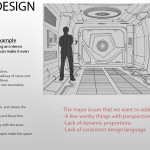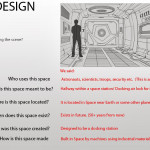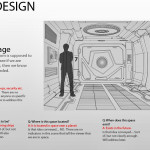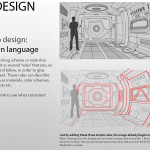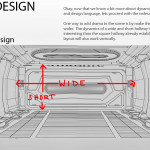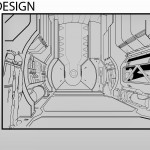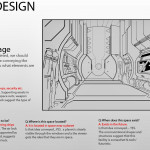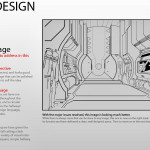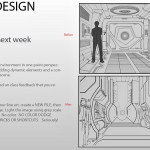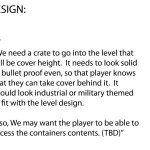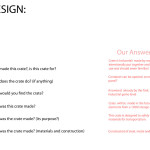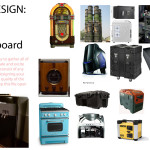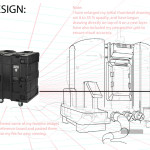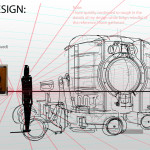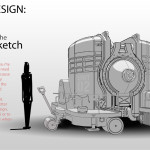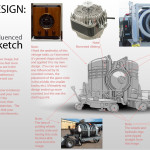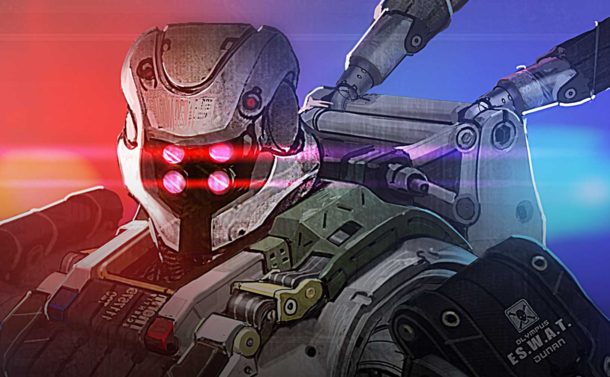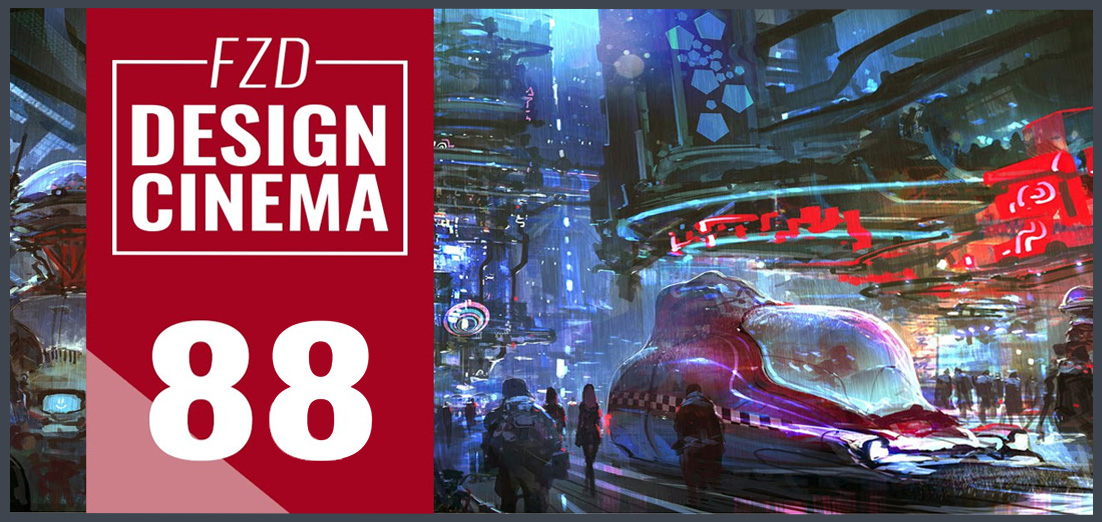
by Hector Ruiz | Jun 24, 2016 | Resources
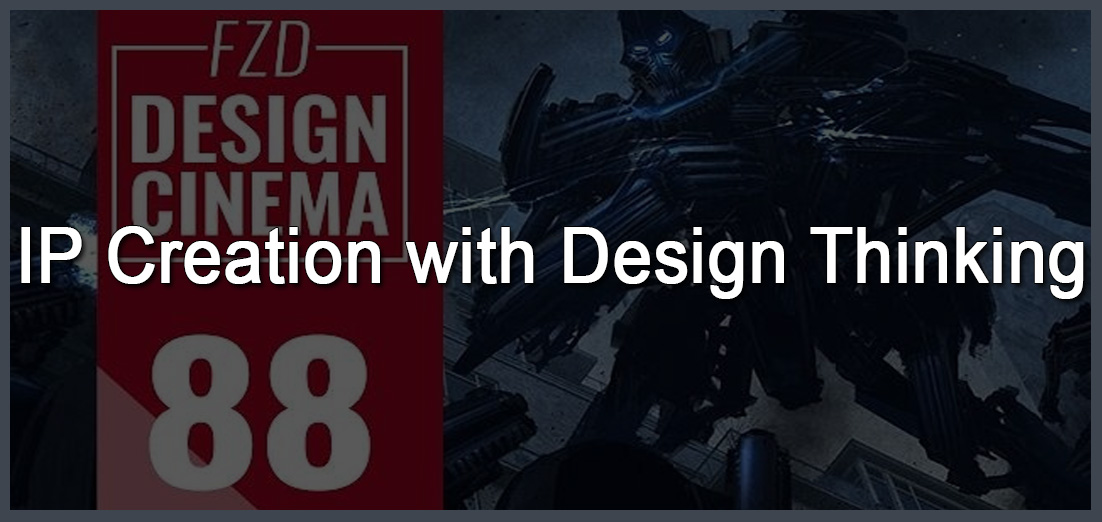
Feng Zhu speaks about the importance of design for intellectual properties and the problems of not thinking about it. Enjoy!
This week ending 06/18/2016 we have gathered a quick but good resource from Feng Zhu’s Design Cinema on YouTube.
Click on the link below:
Design Cinema Episode 68 – IP Creation with Design Thinking
Want to help us grow our resources section? If a resource has helped you greatly please e-mail it to me or any suggestions
to: me@eliottlillyart.com. I will be keeping this list updated as I discover new entries. Thank you--
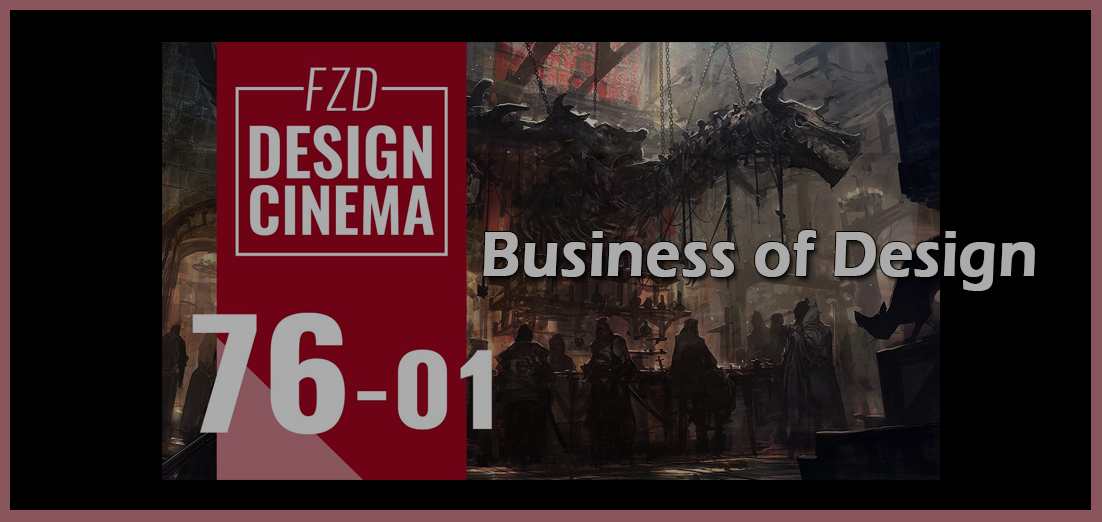
by Hector Ruiz | Apr 1, 2016 | Resources
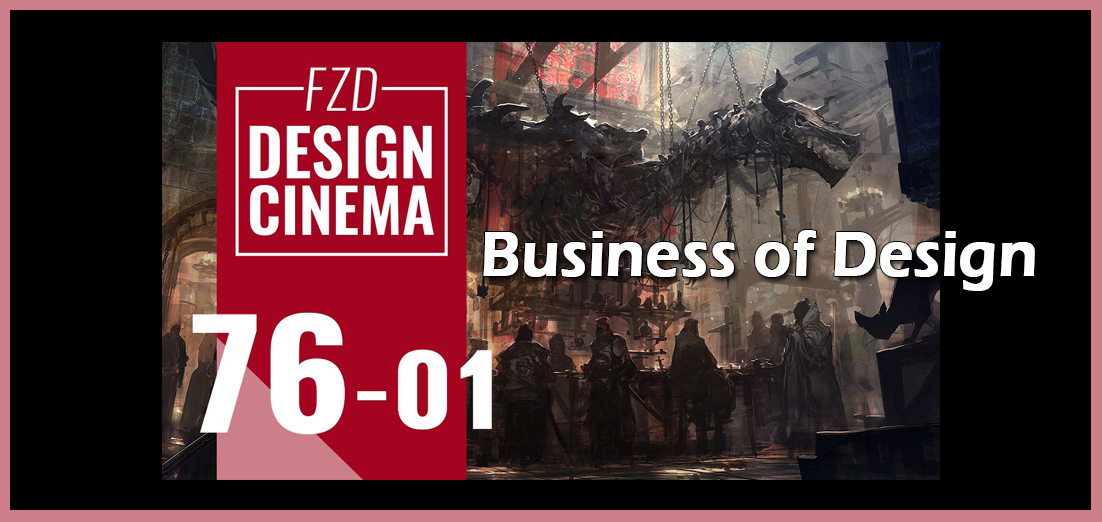
Design Cinema Episode 76: The Business of Design with Feng Zhu
This week ending 04/02/16 we have gathered an old FZD: Design Cinema episode that goes over the business of designing. There are many things that as a video game designer must be kept in mind. Check out what happens behind the scene when artists have to come up with concepts that meet client requirement needs as well as specifications for a subject matter. Enjoy!
Click on the link below:
Design Cinema Episode 76: Part 1 Business of Design
Want to help us grow our resources section? If a resource has helped you greatly please e-mail it to me or any suggestions
to: me@eliottlillyart.com. I will be keeping this list updated as I discover new entries. Thank you--
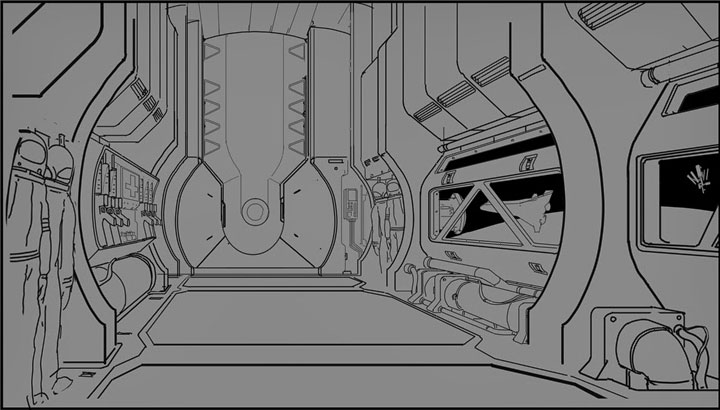
by Eliott Lilly | Dec 7, 2015 | Articles
 How to create a design language within your art
How to create a design language within your art
Sometimes, the difference between a decent image and an amazing image can be as simple as the idea behind it and how well that idea is conveyed. I’m not referring to how well you can render or light the subject matter in your image, rather how cemented that idea is throughout the image itself. In order to make an idea feel intentional to the audience, the concept artist must repeat this idea as an over arching theme throughout the image. The repetition of that idea becomes an visual pattern, and that pattern then, becomes the design language of the image. Having a solid design language not only ties the elements in your image together, into a unified and cohesive design, but it also solidifies your idea and its intent.
Let me explain by using one of my favorite students’ work, as an example. The assignment was to draw a interior hallway of a space station. (This is an example of a typical assignemnt I might get from work) My student, Eskinder, did a great job on his homework, but there is defiantly room for improvement. In the images below, I show him (and you) how to design an interior space station with intent, focus and clarity.
The notes explaining how to design a hallway interior using a solid design language are taken from my “Intro to Concept art” Class, which I am currently teaching at Richland College (located in Dallas Texas). Have questions? Ask away in the comments below, or drop me a line at: me@eliottlillyart.com
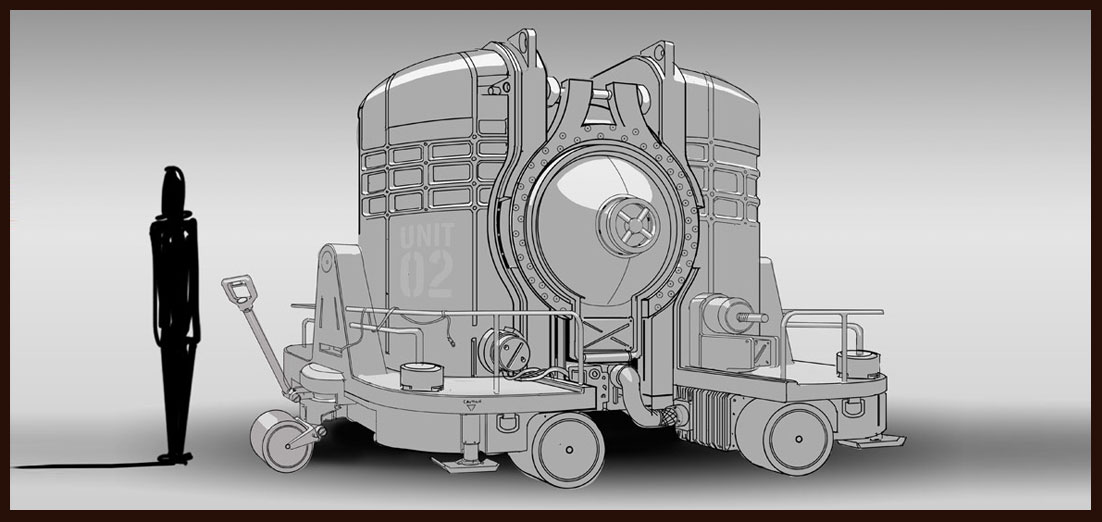
by Eliott Lilly | Dec 2, 2015 | Articles

Here are a few notes explaining how to design props for video games.
In some shape, form or fashion, “crates” have made an appearance in every game ever made, but are often overlooked and under-appreciated. They can be so mundane and uninteresting looking that the player just passes them by, or they can be “set pieces” that not only look cool, but are over-designed to be functional, breakable, and/or intractable. As a professional concept artist working in the video games industry I can promise you that at some point in your career, you will be tasked with designing a “crate”. In fact, since the need is so high, I’m willing to bet, that if you stocked your portfolio full of crate designs, weapons, and environment paintings, then you will have an abundance of job opportunities dropped in your lap.
That said, I should point out, that drawing “Crates” isn’t as easy as it sounds. A crate is a container that holds something else, and it can look like just about anything. (And that’s where the problem comes in). How do you design a crate that is functional, credible, and unique, but still fits within the game universe? I have developed a system that identifies the key points necessary to make the design of the prop a “success”, and how to design and implement those points. I hope this gives you an insight into my conception process and how good references can influence my final design.
One example of a game that includes a huge variety of unique in-game props is Fallout 4. The game takes place in a post-apocalyptic retro-futuristic setting and therefore the surroundings and props reflect this. If you are a fan of Fallout 4 you might also want to take a look at this guide to companions such as Codsworth. Another example might be the all-time favourite and oldy but goldy, League of Legends, if you haven’t played this or even heard of it, then you’re clearly doing something wrong! How have you lived? Also, the props are great, with so many colours and awesome designs, it’s nice to have a bit of fiction. If you haven’t had much experience then perhaps you need to hop across to this site to find the Best Tier List for LoL and the ranks as well. It’s too good not to try.
The notes explaining how to design props for video games are taken from my “Intro to Concept art” Class, which I am currently teaching at Richland College (located in Dallas Texas). Right-click on each image and “open it in a new tab” ( otherwise, you will be taken directly to the file).
Have questions? Ask away in the comments below, or drop me a line at: me@eliottlillyart.com
.
?







